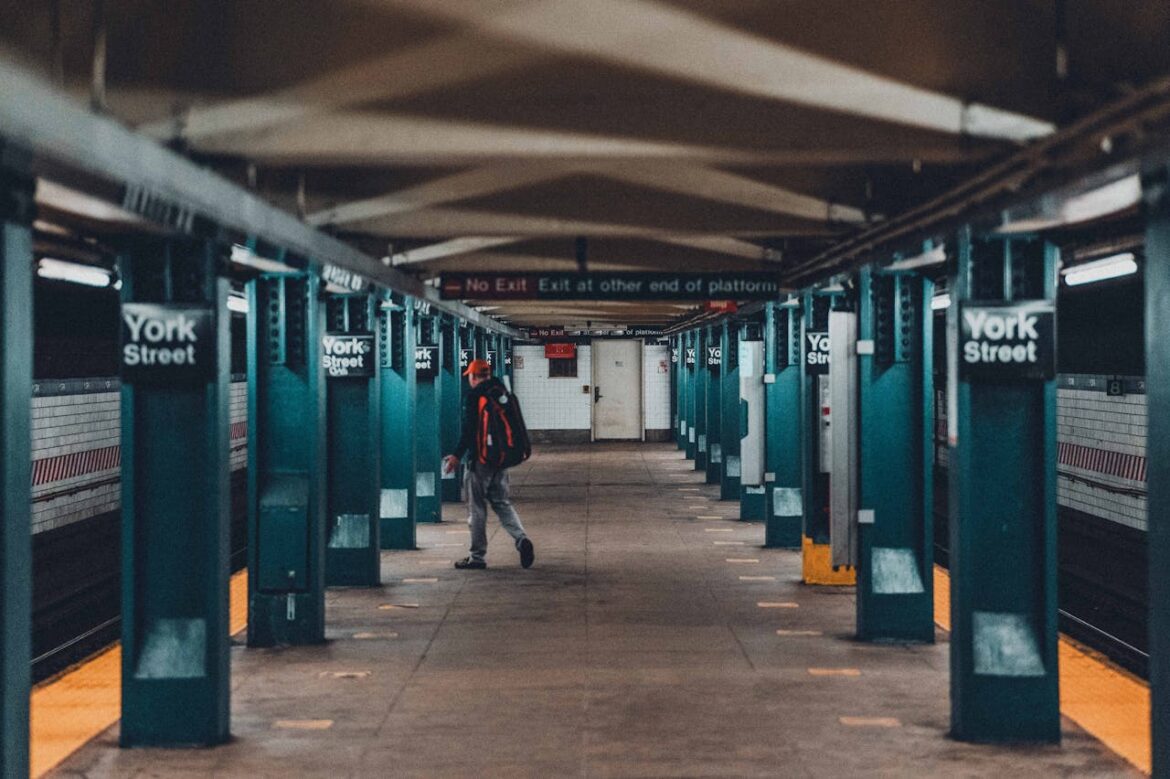Modernizing New York City’s Subway System: An Ambitious Renovation Initiative
The Metropolitan Transportation Authority (MTA) has recently announced a significant renovation initiative aimed at modernizing New York City’s subway system. This long-awaited project is set to cost approximately $8 billion and aims to address several critical issues concerning accessibility, sustainability, and the overall commuting experience for millions of riders each day. As one of the largest public transportation networks in the United States, the subway system plays a pivotal role in the daily lives of many New Yorkers, making this renovation all the more essential.
Emphasis on Accessibility
A major component of the renovation project is the commitment to improving accessibility for all riders, including those with disabilities. At a press conference held earlier today, MTA officials unveiled plans to upgrade subway stations across the city by adding elevators and ramps. This initiative aims to ensure that public transportation is not just a privilege for the able-bodied but an accessible mode of travel for every New Yorker. By making the subway system fully accessible, the MTA hopes to encourage greater ridership and inclusivity throughout the city.
Environmental Sustainability Initiatives
The modernization effort will also focus on sustainability, addressing the urgent need for public transportation to be more environmentally friendly. Some of the proposed upgrades include the installation of solar panels and the incorporation of energy-efficient systems throughout the subway network. The MTA plans to adopt electric trains to reduce the environmental impact of subway operations significantly. This shift toward sustainability not only aims to lower the carbon footprint but also to create a cleaner and healthier urban environment for future generations.
MTA’s Vision for the Future
At the press conference, MTA Chairman Janno Lieber emphasized the transformation’s importance. “New York’s subway system is the backbone of our city’s public transportation network, and it’s time we make it work for everyone,” he stated. According to Lieber, the renovation is designed to make the subway “safer, more efficient, and more sustainable for generations to come.” This vision underlines the MTA’s commitment to not only maintaining but also actively improving one of the oldest and most extensive subway systems in the world.
A Phased Approach to Renovation
The renovation project is anticipated to take several years, with a carefully planned phased rollout designed to minimize disruptions to daily commuters. MTA officials have assured riders that they are taking every precaution to maintain train service and station accessibility during the construction process. While the commitment to improving infrastructure is widely welcomed by commuters, concerns about possible delays and potential cost overruns remain prevalent among New Yorkers who rely on the subway system for their daily travels.
Community Reactions and Concerns
The response from the commuting public has been mixed. Many riders voiced excitement at the prospect of a more accessible and modernized subway system, particularly those who currently face challenges when navigating the network. However, some have raised legitimate concerns regarding the impact of the construction phases on daily commutes, fearing that the anticipated improvements could come at the expense of immediate convenience. Continued communication from the MTA will be vital in addressing these concerns and keeping riders informed about developments throughout the renovation process.
Conclusion
In summary, the MTA’s ambitious $8 billion renovation initiative represents a significant step forward for New York City’s subway system. By prioritizing accessibility and sustainability, the project aims to meet the evolving needs of millions of commuters while addressing the challenges posed by an aging infrastructure. As this initiative unfolds over the coming years, it will serve as a barometer for New York City’s commitment to modernizing its public transportation network. Keeping an open channel of communication between the MTA and the public will be crucial in ensuring the successful implementation of these ambitious changes.
FAQs
What is the total cost of the subway renovation project?
The renovation project is estimated to cost around $8 billion.
What will be done to improve accessibility in the subway system?
The plans include adding elevators and ramps at various subway stations to ensure the system is fully accessible for riders with disabilities.
How will the renovation project impact daily commuters?
The renovation will be rolled out in phases to minimize disruptions, but there may be some delays and changes in service during construction.
What sustainability initiatives are part of the renovation plan?
The project will introduce energy-efficient systems, install solar panels, and adopt electric trains to reduce the system’s environmental impact.
How long is the renovation project expected to take?
The renovation is expected to take several years, with updates announced as progress is made.

